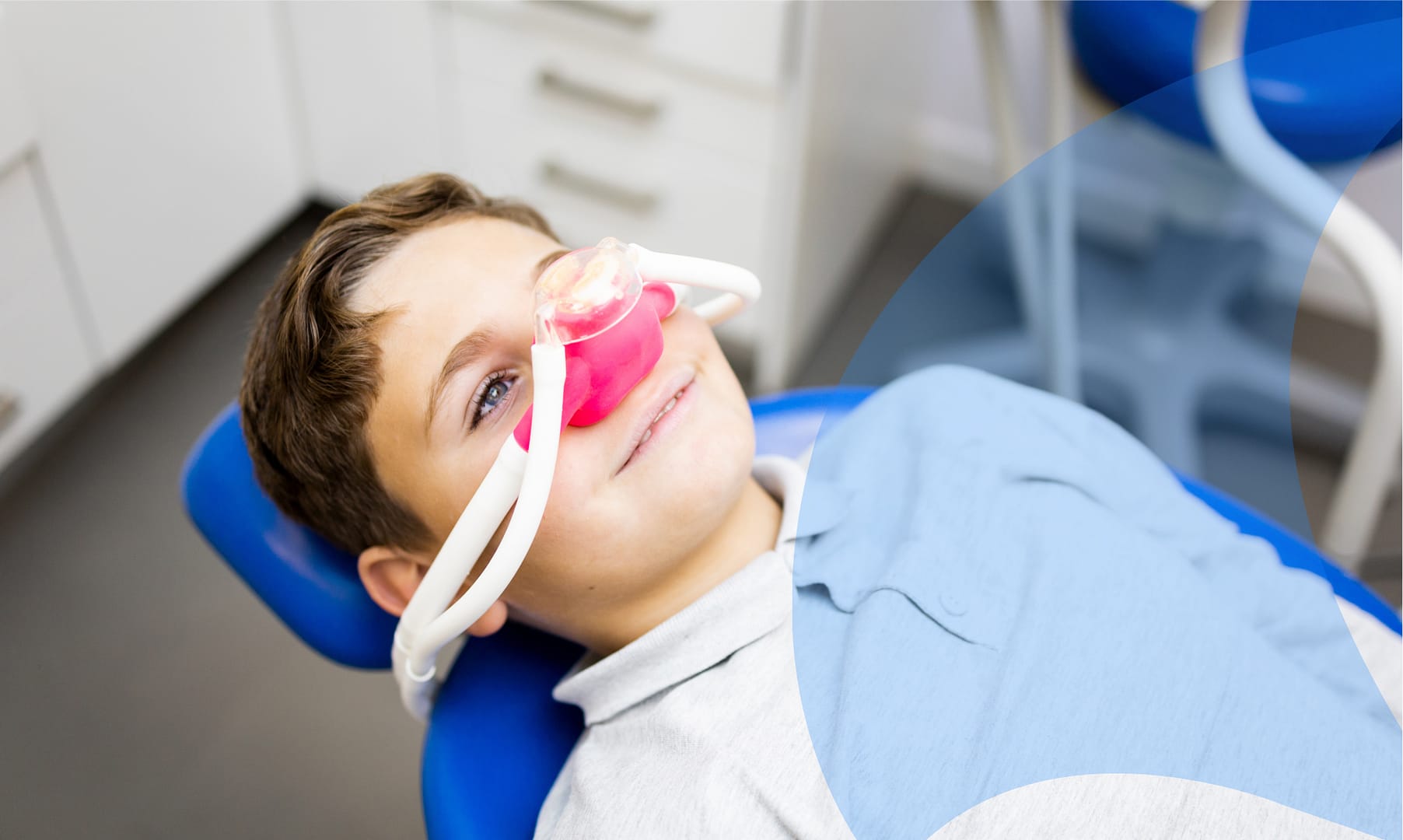Is Dental Sedation Safe for My Child? 3 Things for Parents to Know

3 things you need to know about dental sedation for kids.
While any great dentist will work hard to comfort their anxious patients, there are times when it takes a bit more than kind words and a relaxing environment to help a patient feel at ease. This is where dental sedation comes in.
Dental sedation has long been used in Oregon to safely help patients who suffer from dental anxiety enjoy a more pleasant experience at the dentist. But is dental sedation safe for kids?
Fortunately, both the conscious sedation and general dental anesthesia practices used on adults can be safely used on children, as well. Here are three key things parents need to know about dental sedation.
1. Types of dental sedation and their safety.
There are a few different options when it comes to sedation dentistry for kids. The type used will depend largely on the procedure being performed, how complicated it is, and how long it will take. Some of the most popular options include:
Nitrous Oxide
Also known as laughing gas, nitrous oxide is a form of conscious sedation. It’s a fairly mild sedative that works to help your child feel calmer and more at ease during the procedure.
Nitrous oxide has proven to be very safe when administered by dental professionals and will typically be out of your child’s system within minutes of the gas being turned off.
Oral Sedation
Oral sedation refers to certain oral medications designed to relieve anxiety and help a patient feel more relaxed during a procedure. Generally, these sedatives are administered to older children or adults. Safety measures with oral sedation involve ensuring proper dosage.
General Anesthesia
When a procedure is lengthy or complex, it can sometimes be best to use general anesthesia. This form of sedation dentistry is administered intravenously to put the patient to sleep for the duration of the procedure.
Safety measures for this form of sedation involve an on-site anesthesiologist who is trained to administer the anesthesia and carefully monitor the patient.
2. Preparing your child for sedation.
While sedation dentistry is safe for your child, it can be helpful to ensure your child is prepared for it. For instance, many kids enjoy the relaxing sensation of laughing gas, but some may not be keen to try something unfamiliar. You can help your child avoid this reaction by preparing them for their sedation in advance.
You’ll want to explain the process to them before entering the dentist’s office. Let them know that the purpose of the sedation is to make them feel comfortable and know that they are safe. You’ll also want to make sure you follow fasting instructions, as eating within an hour or two of the procedure, can lead to nausea.
It’s important that you disclose your child’s full medical history to your dentist when preparing for their dental procedure. This will allow the doctor to determine the safest sedation plan possible.
3. Post-sedation care and monitoring
When the dental procedure is complete and your child is ready to return home, you may feel a bit nervous about caring for them while the sedation wears off. However, post-sedation care is simple when you follow your dentist’s instructions and monitor your child closely. General tips you will want to follow include:
Talk to your dentist about any concerns.
Make sure to ask any questions you have regarding your child’s sedation and post-sedation care. Your dentist will be glad to address any of your concerns.
Bring your child home promptly to rest.
You’ll want to get your little one home as soon as you can so that they can relax in a safe and familiar place. Keep in mind that they may be drowsy or uncoordinated temporarily, so you will want to make sure they are resting in a safe area where they cannot fall over on accident.
Assist your child with movement.
If your child needs to use the bathroom or get up for any other reason within a few hours of returning home, you’ll want to help them do it. Have a plan in place, and make sure your child knows to call you before getting up.
Consider how long sedation effects can last.
How long does it take for sedation to wear off, exactly? Nitrous oxide wears off within minutes, but oral sedation and general anesthesia can linger for six to eight hours after the procedure. This can vary from child to child, so close monitoring is important, particularly when it comes to oral sedatives and anesthesia.
The best dentist in Salem, Oregon, for kids’ sedation dentistry.
Sedation dentistry offers parents a safe and effective way to ensure children receive the dental care they need as comfortably as possible.
If you’re searching for a dentist office near Salem, Oregon, that offers sedation dentistry for kids, look no further than Spinnaker Pediatric Dentistry. Our extensively trained team uses cutting-edge technology and modern techniques to provide an exceptional experience for every child. Contact us today to schedule an appointment.